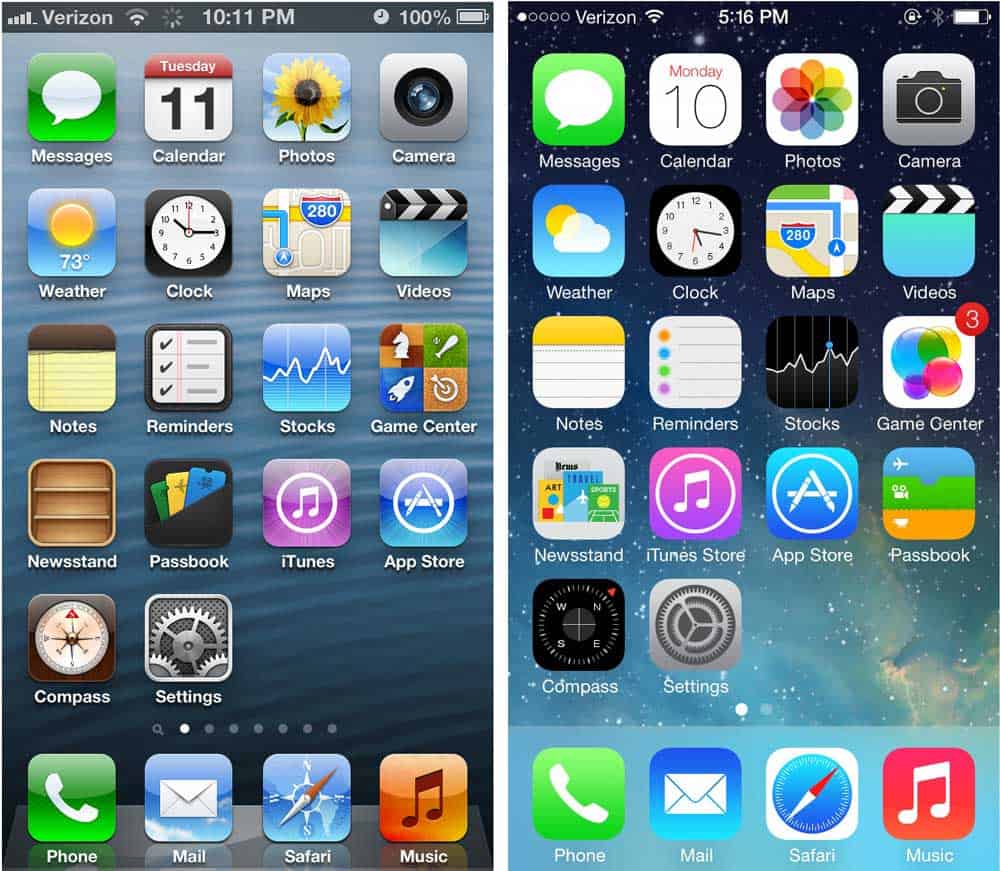Since skeuomorphic design is a derivative or an imitation of something else, it made sense for emerging technology and designers to use it in their designs. Users would feel more comfortable using applications, products and services that imitated objects which they were already familiar with.
My favorite skeuomorphs are the anachronistic ones, like the phone icon because that design of a phone is no longer used except as an icon. Another example is the 3.5" floppy disc icon to mean 'Save'.
skeuomorph
An object or feature which imitates the design of a similar artifact made from another material.
‘the pottery box with a square lid is a skeuomorph of a twilled basketry container’
‘A skeuomorph is a derivative object which retains ornamental design cues to a structure that was necessary in the original.’
Computing An element of a graphical user interface which mimics a physical object.
‘note-taking apps offer skeuomorphs of yellow legal pads, squared paper, ring binders, etc.’
What is Skeuomorphism?
Skeuomorphism is a term most often used in graphical user interface design to describe interface objects that mimic their real-world counterparts in how they appear and/or how the user can interact with them. A well-known example is the recycle bin icon used for discarding files. Skeuomorphism makes interface objects familiar to users by using concepts they recognize.
Skeuomorphism is related to what ecological psychologist James Gibson termed “affordances.” Affordances refer to action possibilities of objects or other features of the environment. The most commonly cited examples of affordances include door handles and push buttons; their physical designs inform users that they can be rotated or pushed.

No comments:
Post a Comment